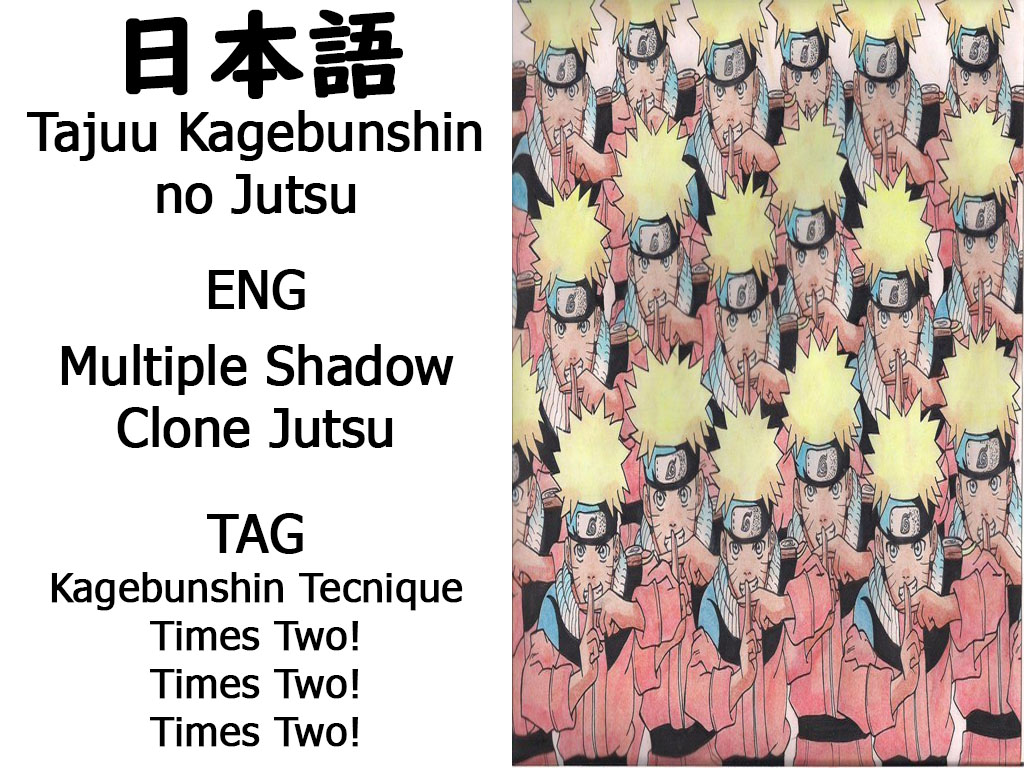On December 2023, a post on Facebook has been circulating around the anime community, wherein a popular voice actor called out a journalist/anime fan who basically claimed that the Tagalog-dubbed anime fandom is dead in the water.
Anyway, we’re not here to deal with the beef itself, but we’re going to talk about the reason behind the beef: the age-old question of sub vs. dub, and what better place to start tracing the history of it all than at the very beginning?
In the Philippine context, as television was a relatively young enterprise, the country’s first exposure to anime was just like how it was in the West: translated, anglicized, and sold to the target audience like an average US-made cartoon. Anyway, the whole thing started when Telesuccess, then named Questor International, gained distribution rights for five robot anime (four from Toei and one from Wako Productions), namely: Voltes V, Mechander Robo, Mazinger Z, Daimos, and Grendizer.
The quality of the dubs themselves is serviceable at best and laughable at worst, but this is the only way to consume Japanese animation at the time without scaring the World War II generation of Japanese invasion.
Although then-president Ferdinand Marcos, Sr., banned robot anime in 1979, dubbed anime didn’t stop with the aforementioned bans, as Telesuccess gained distribution rights to anime of other genres at the time, such as Candy Candy (which has had its own set of legal distribution rights issues since the early 1990s) and other shows from the World Masterpiece Theatre.

In the mid-to-late 1980s, thanks to more relaxed regulations in broadcasting and a new administration coming in after a certain revolt happened, dubbed anime became more and more popular, with the likes of Voltron (esp. Beast King Golion) and Video Warrior Laserion hitting the airwaves, but the status quo still prevailed as the shows were still dubbed in English.
The status quo would change in 1996 when ABS-CBN unleashed the first Tagalog-dubbed anime, Magic Knight Rayearth.
As far as Philippine television history goes, I am not 100% sure if this one, or Yu Yu Hakusho’s dub on IBC-13, was the first anime to be fully dubbed in Tagalog. Still, it proved that Tagalog-dubbed anime are ratings drawers, to the point that it became primetime timeslot material.
So much so that when GMA was trouncing ABS-CBN in primetime ratings, the other channel had no choice but to dish out their competition with their own anime shows, albeit with less than stellar results.
The popularity of these anime dubs skyrocketed well into the early 2000s, and the kids of the era turned out to be the biggest anime fans, whether they partake in the activities of the Philippine ACG community or not. However, the success, in terms of ratings, would be short-lived as ABS-CBN would unleash dubbed Chinese dramas to the airwaves, and it would become the new hip thing to the masses.
Now, your average anime fan has nowhere to go (unless they are already Internet savvy at this point in time and had a fast enough Internet connection to watch YouTube videos at the time. Remember, we are still in 2006 at this point in time.) So they would have to resort to either endless reruns of Slam Dunk or buy bootleg DVDs with 144p quality and fansubs downloaded from the Internet.
This would then create two things within the fandom: number one would be the lessening of reliance on local television stations to air any dubbed anime, as anime doesn’t equate to ratings anymore.

Second, and the much larger and more noticeable effect of piracy, is the creation of division between people who watch subbed anime and those who still want to see anime shows dubbed in Tagalog.
Ladies and gentlemen, the Philippines has now entered the war between sub and dub.
While the 2000s isn’t yet the fertile ground for this battle to happen in Philippine soil, the seeds of this battle were planted during this period because, as I’ve mentioned, bootleg DVDs of fansubbed episodes appeared on the Internet and while only a few people appreciate the supposed beauty of the original Japanese dubs of their favorite anime, the majority of the anime-watching audience are still waiting with bated breath to have new anime shows air on local TV.
For those who are now familiar with how their favorite anime characters are supposed to sound like, they are starting to move away from the Tagalog dubs of old, seeing that most of the dubs made by their countrymen were seen as lame compared to their Japanese counterparts. The writing and the translation of some names are also being considered now. Take Naruto for instance:

In Naruto, the main character has a technique that he uses throughout the whole series called “Tajuu Kagebunshin no Jutsu” which literally translates to “Multiple Shadow Clone Technique”. When VIZ Media picked up the series in 2007 for a Western release, they translated this technique to “Multiple Shadow Clone Jutsu”. So far, the technique name is precise and accurate.
When ABS-CBN picked up the anime somewhere around 2004, however, they went the route of creative liberty as opposed to accurate translation as they dubbed the technique as “Kagebunshin Technique Times Two! Times Two! Times Two!”
On one hand, you would think of it as something Naruto would say in character, regardless of what dub are you watching. On the other hand, you would think that ABS-CBN could’ve just translated it as “Multiple Kagebunshin Technique” or something but that would be too much for the dubber to say, isn’t it?
The clash between the otaku who, by right now, is familiar with the wider world of the Internet anime community and the otaku who still relies on television can be seen in their opinion on this tidbit of information from Naruto.
As time went on, more and more people are getting access to the Internet and are getting access to the original dubs of the anime they’ve watched as children as well as new anime to watch in its original form. This also meant the decline of television as an entertainment medium for most people. Nowadays, only a few people can say that they still watch local television, much less so local anime dubs. The rise of TV5’s Animega lineup didn’t help things.
Some cable channels pandered to the Internet crowd to garner new audiences. Late in HERO TV’s run, while they still aired Tagalog dubs of anime TV shows and OVAs, they would sometimes show an anime movie in Japanese with Tagalog subtitles.
Animax Asia dropped the English dubbing they used to do in the 2000s altogether and decided that subbed anime is the way to go, as they offered simulcasts of the latest anime from Japan.
However, all is not lost for the dub camp, for there are some anime that most Filipino anime fans would prefer the Tagalog version of. One of those anime is Dragon Ball.
A portion of the Filipino Dragon Ball fanbase had found a new appreciation of the Tagalog dub that they extract the audio from old videos or TV recordings, sync it up with HD footage, and release it on the Internet.
They also catalog the various iterations of the Tagalog dub that was aired throughout the years as some Tagalog dubs of some anime are being considered as lost media because there are no surviving copies of said dubs on the Internet.
The other side of the equation didn’t take things for granted as well because with they’ve took the time and initiative to improve the scripts of the anime, they’re working on to match the original source material.
The voice acting quality was also tweaked a bit to clean up whatever messes the original dubs did but sometimes, that doesn’t work quite well.
Do any of these matter at all in the end? Yes and no. In a much larger sense, it doesn’t matter if someone would prefer to hear their favorite anime characters speak in Tagalog rather than take the extra time to read subtitles on screen. At the end of the day, we must learn to respect the preferences of our fellow men.
On the other hand, voice acting is an industry that shaped the landscape of the Philippine anime community as to where it is today. If ABS-CBN didn’t dub Magic Knight Rayearth in Tagalog back in 1996, the landscape of the community might be totally different from what it is today. If GMA didn’t put Yu Yu Hakusho, Dragon Ball, Flame of Recca, or even the reboot of Bubblegum Crisis on primetime TV in Tagalog, anime might still be seen as something that only kids would watch.

